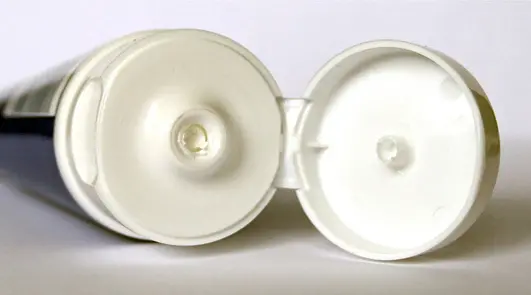Five Treatment Elements for Fluorouracil Cream Exposure

5-Fluorouracil (5-FU, Efudex®) is an antineoplastic medication that is used in the treatment of skin cancer. It causes severe GI upset, seizures, pulmonary edema, and bone marrow suppression.
At the ASPCA Animal Poison Control Center, exposures are typically seen from pets chewing into the tube or licking the owner’s skin after it was applied.
The minimum lethal dose in dogs is 10.30 mg/kg, but any exposure warrants additional monitoring and potential treatment, as the margin of safety is very narrow. The prognosis is typically guarded once clinical signs are seen, and about 30% of fluorouracil cases that show clinical signs either die or are euthanized due to the severity of their signs.
Here are five things you should know in treating a case of 5-FU ingestion:
Decontamination. Activated charcoal can be considered in patients exposed less than one hour prior to presentation, but only if they are asymptomatic. CNS and GI signs often prevent the administration of AC.
GI signs. GI upset is often noted 10 minutes to five hours post-exposure. Fluorouracil affects rapidly dividing cells, including intestinal crypt cells, so GI signs can be severe. Antiemetics and gastroprotectants are recommended in cases with GI signs. Opioid pain control may be indicated for cases with abdominal pain, as well. NSAIDs are typically avoided, due to potential to add to GI signs. Metronidazole is contraindicated, as it decreases clearance of 5-FU.
Seizures. Seizures can occur within 30 minutes post-exposure or the onset can take up to 24 hours. The onset of seizures typically doesn’t correlate with the severity. Seizures can be refractory to typical antiepileptics. Diazepam, midazolam, barbiturates, propofol, gas anesthesia, and levetiracetum can all be used to control seizures.
Bone Marrow Suppression. Bone marrow suppression can be seen 5-30 days post-exposure and can involve any or all of the cell lines. Leukopenia and thrombocytopenia often occur around day 5-7, while anemia is typically noted around day 9.
Monitoring. CBC baseline, recheck at 12 and 24 hours and then q 24-72 hours for two weeks in normal animals or until return to normal in patients with bone marrow suppression (may take up to 30 days).
Read about more pet and human medication treatment solutions.
We have lots more on this subject:




